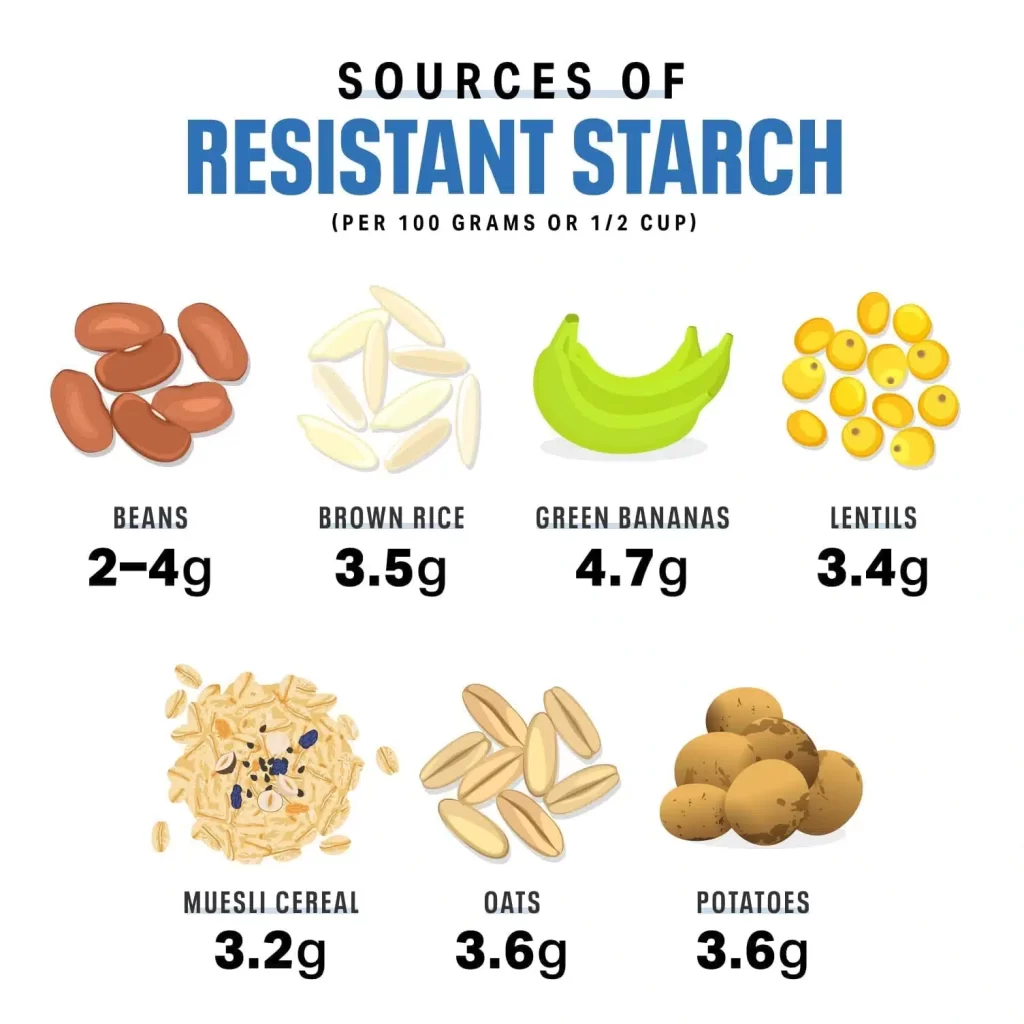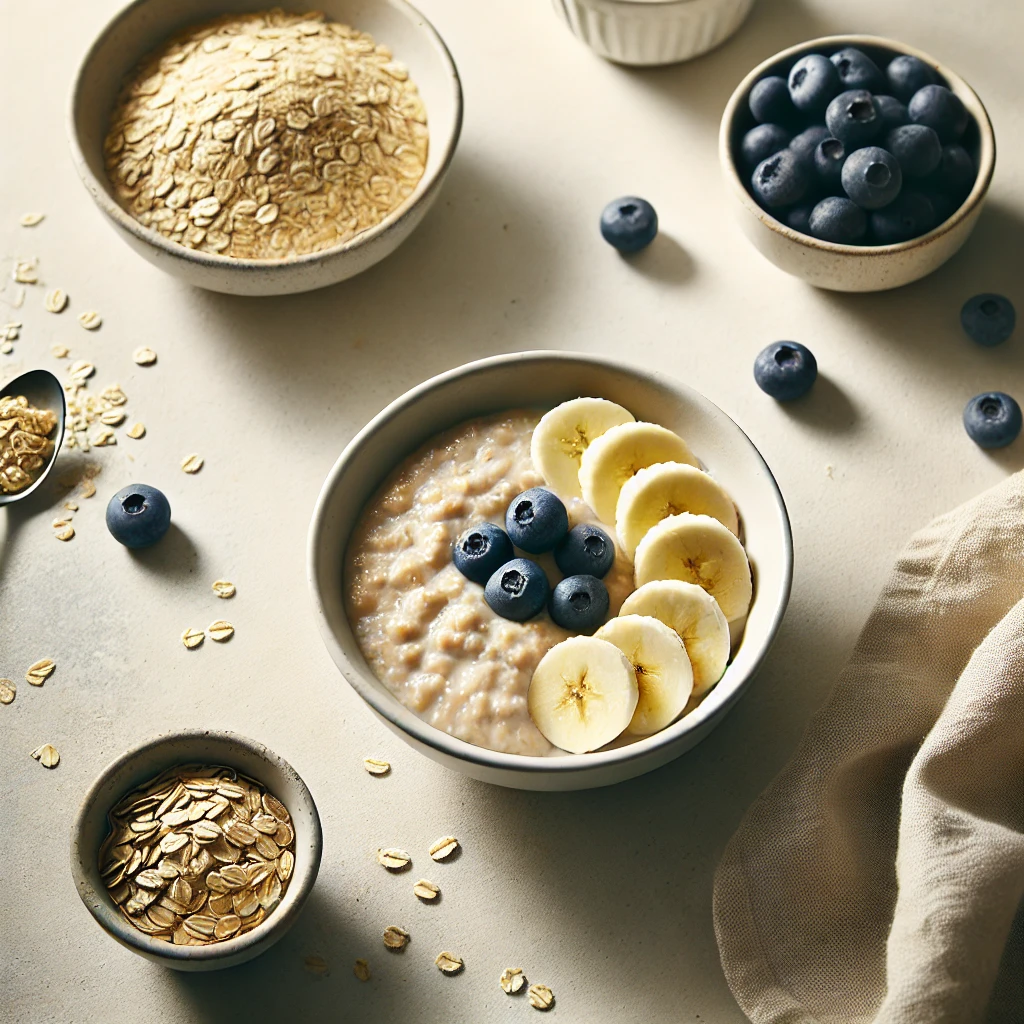The Weight-Loss Benefits of Resistant Starch: How to Add It to Your Diet
Published November 2024
Estimated Reading Time: 6 Minutes
If you’re on a weight-loss journey, adding more oats, beans, lentils, peas, plantains, seeds, and unripe bananas to your diet could be the key. These foods are rich in resistant starch—a type of prebiotic fiber known to slow digestion, reduce abdominal fat, and aid weight loss.
What is Resistant Starch?
“Resistant starch is a type of starch that does not get digested in the digestive tract; it is ‘resistant’ to digestion,” explains Rahaf Al Bochi, RD, spokesperson for the Academy of Nutrition and Dietetics. “These resistant starches ferment in the large intestine and feed the good bacteria in the colon.”

How Resistant Starch Supports Weight Loss
1. Improves Insulin Sensitivity
“Improved insulin sensitivity means your body uses insulin more efficiently, lowering blood sugar levels after meals,” notes Bochi. Weight loss often enhances insulin sensitivity, but resistant starch can amplify this effect. A 2019 study published in the journal Nature found that overweight or obese adults consuming 10–15 grams of resistant starch daily experienced lower fasting glucose and improved insulin sensitivity.
2. Boosts Satiety
“Foods high in resistant starch linger longer in your digestive system,” says Joan Salge Blake, RD, clinical professor of nutrition at Boston University. “Resistant starch can help fill you up, leading to reduced meal consumption.” Research shows that eating 30 grams of resistant starch daily (approximately 1 cup each of oats, beans, brown rice, and potatoes, plus one green banana) for six weeks can decrease hunger hormones, reduce snacking, and aid weight loss.
3. Promotes Fat Burning
Replacing some carbohydrates in your diet with resistant starch can boost fat burning after meals by up to 30%, according to researchers at the University of Colorado. In animal studies, resistant starch consumption was linked to reduced abdominal fat and enhanced fat oxidation.
4. Bolsters Healthy Gut Bacteria
“Resistant starch functions as a prebiotic fiber, feeding beneficial gut bacteria and improving digestive health and metabolism,” Bochi explains. One study found that consuming 100 grams of resistant starch daily significantly enhanced the gut microbiome. Additional research indicated that eating 40 grams of resistant starch per day for four weeks reduced harmful bacteria, improved glucose metabolism, and decreased abdominal fat.
How to Incorporate Resistant Starch into Your Diet
Despite its benefits, most Americans consume fewer than 10 grams of resistant starch daily. To boost your intake, try adding these foods:
- Oats
- Cold potatoes or rice
- Cassava root
- Unripe bananas
- Green banana flour
- Konjac noodles
Pro Tip: Gradually increase your resistant starch intake to avoid gastrointestinal issues such as gas or bloating. Drinking plenty of water can help minimize these effects.
The Bottom Line
Incorporating resistant starch into your diet can aid weight loss, improve gut health, and enhance metabolism. Start slowly, enjoy a variety of sources, and reap the health benefits this powerful prebiotic fiber offers.
Explore more health and nutrition tips at slyacademy.com and make your wellness journey a success!







